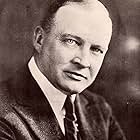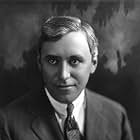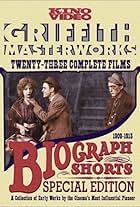Around 1910 there was a trend of "Noble Red Man" films in American cinema, mostly Westerns, which addressed -- generally in a primitive way -- the social wrongs perpetrated against Native Americans by white interests in the Federal United States. D. W. Griffith had spurred on the genre -- ultimately superseded by the dramatic need to portray Native Americans as villains in motion pictures -- through making "The Red Man's View" somewhat earlier, and had appeared in a stage production of "Ramona" before he'd entered the movie business. "Ramona" was among the first narrative films to be shot in Southern California and one of the first American motion pictures made from a popular novel for which the rights was cleared through its publisher. Before, any literary matter was considered fair game for early movie companies, but Edgar Wallace's 1907 suit against Kalem for their unauthorized adaptation of "Ben Hur" had lately changed the rules; Griffith and Biograph paid $100 for the film rights to the book.
Helen Hunt Jackson's 1884 novel had served as a pioneering effort in developing sympathy among mainstream Americans for the plight of the Native American, despite its trappings of tragic, nineteenth-century romance and melodrama. In boiling down the 26 chapters of Jackson's novel to the single reel Biograph film, Griffith and Stanner E. V. Taylor created an adaptation that still requires some familiarity with the source for the viewer to fully digest its action. In 1910, practically everyone in the overwhelmingly female film audience would have had contact with "Ramona," whereas a century or more later that is generally not the case. Likewise, the broad, gesture-based style of acting in this early silent film doesn't travel particularly well. Moreover, some may take objection to the anachronistic style of Maria Newman's music score for the 2009 Pickford Foundation restoration of "Ramona." Nevertheless, the Ventura County locations seen in the film remain stunning, and "Ramona" has survived in multiple excellent print sources, including a duplicate negative that Mary Pickford herself once owned. It is one of only a handful of Biograph films that has survived with all of its original titles intact, although these tend to anticipate the action rather than to support it. As a 1910 film, the visual language of "Ramona" is considerably advanced; it isn't at all stagy or static, and its locations contribute greatly to the dramatic flexibility of the tale told, even if the acting and condensation of the story seems somewhat limited. "Ramona" is a milestone in the history of early American films, and while it might not even be the best movie that D. W. Griffith made in 1910, it was one of the most popular in its own time and deserves recognition among his most significant Biographs.
































